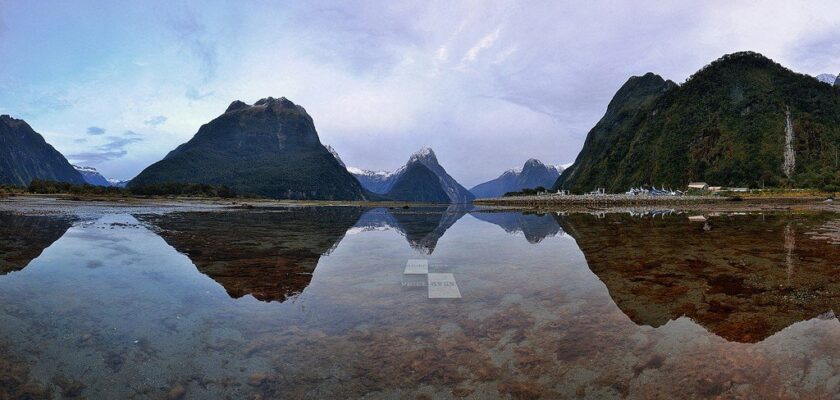Milford Sound
The famous English traveler and writer Rudyard Kipling once visited the shores of Milford Sound and was impressed by what he saw and called this fjord the eighth wonder of the world.
Milford Sound is the most famous fjord on the southwestern tip of New Zealand’s South Island. Like fjords in the northern hemisphere, Milford Sound is the result of many thousands of years of activity by huge glaciers.
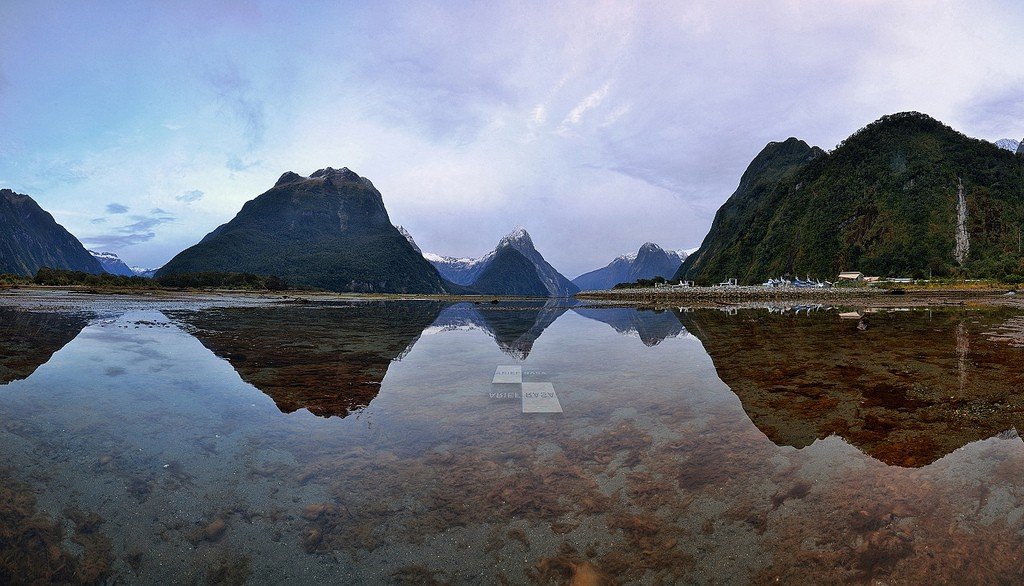
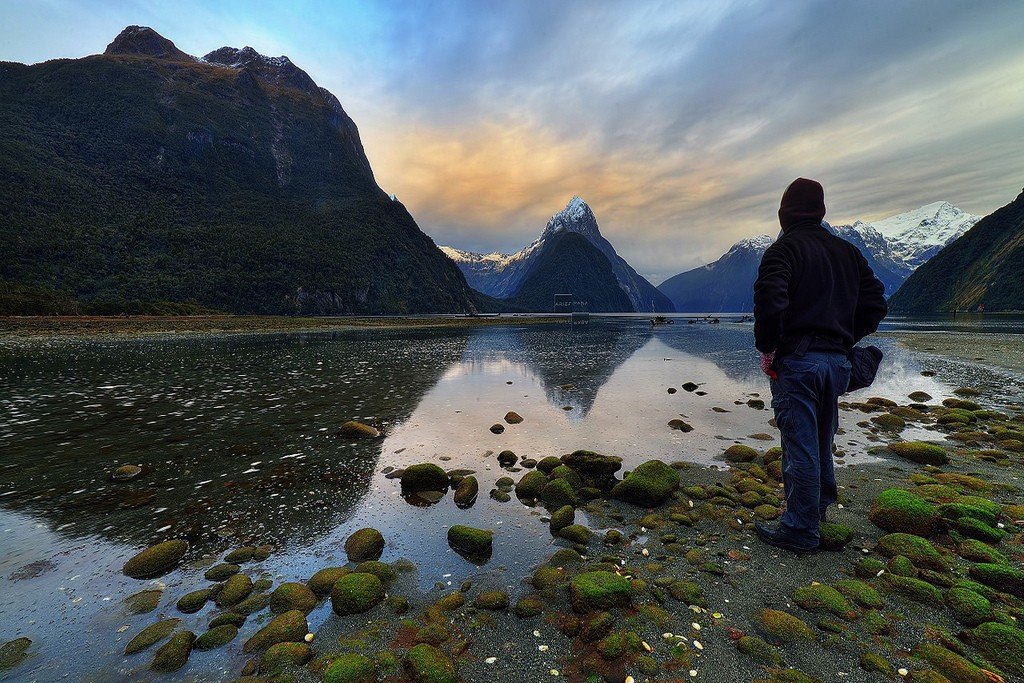
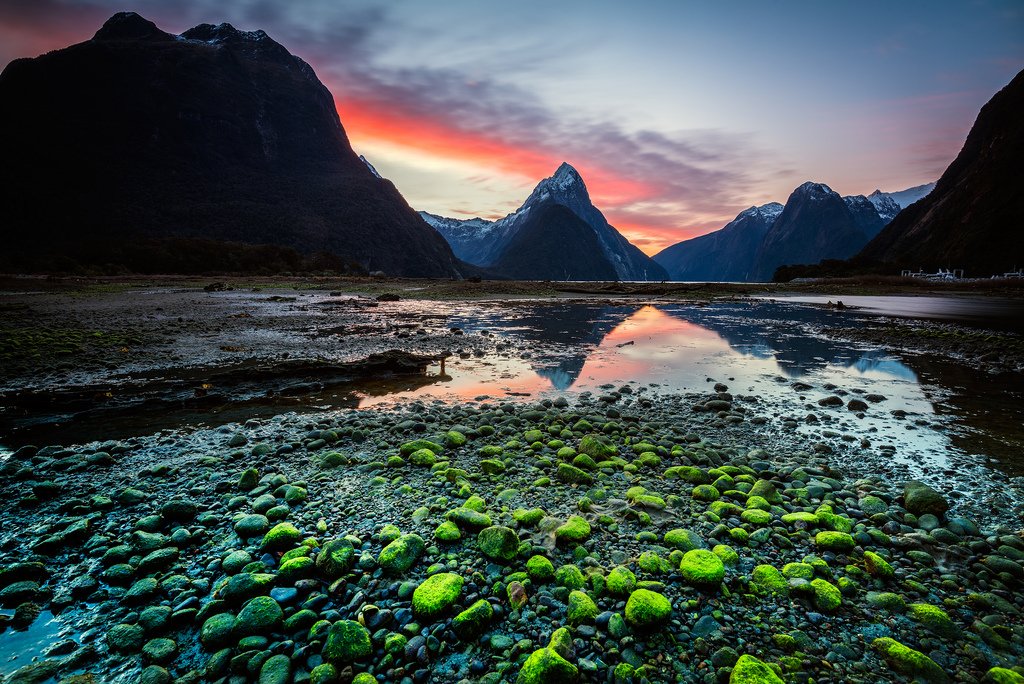
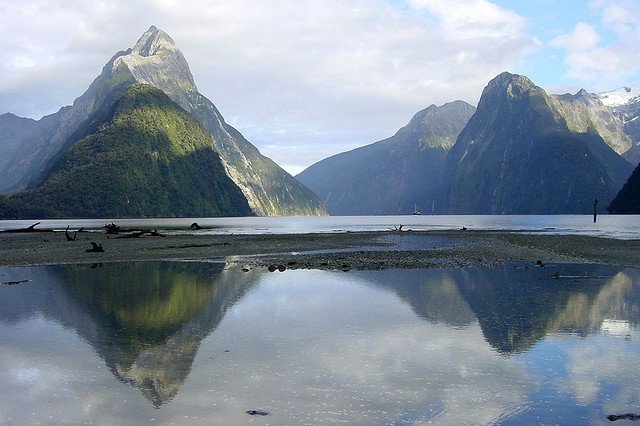
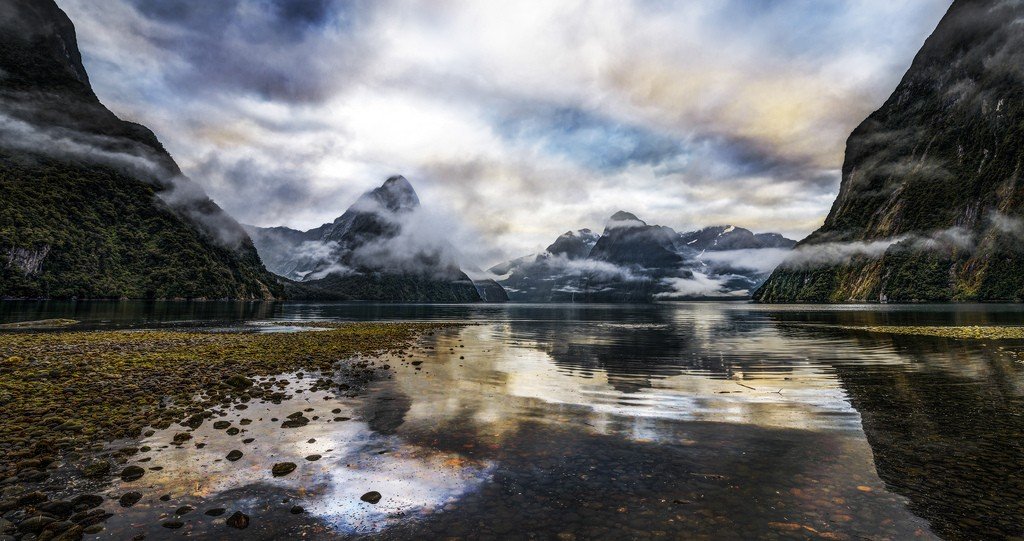
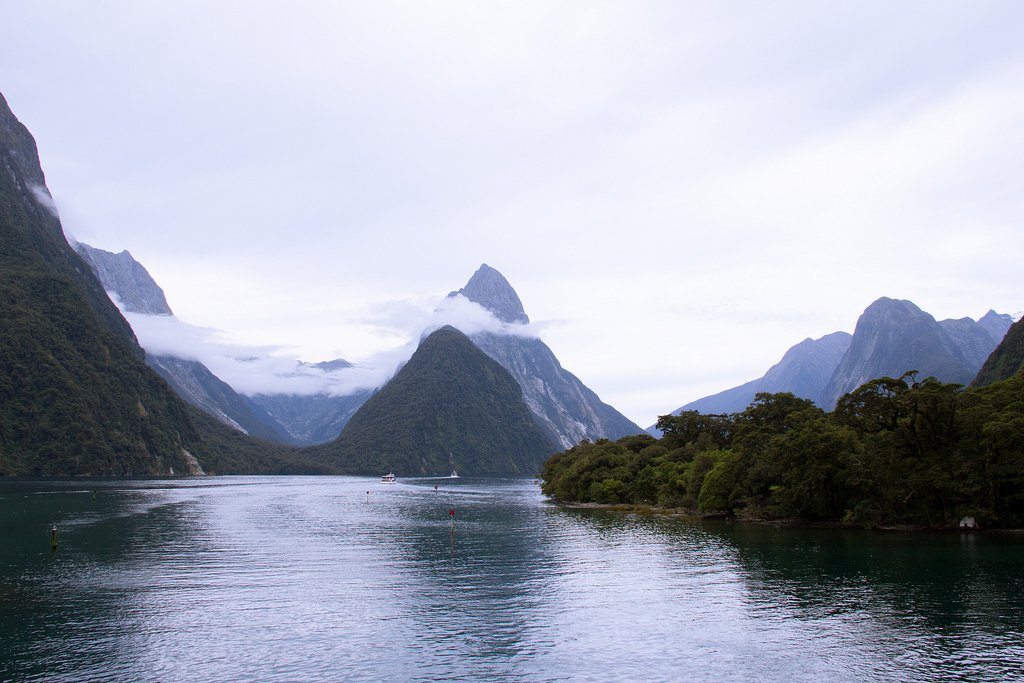
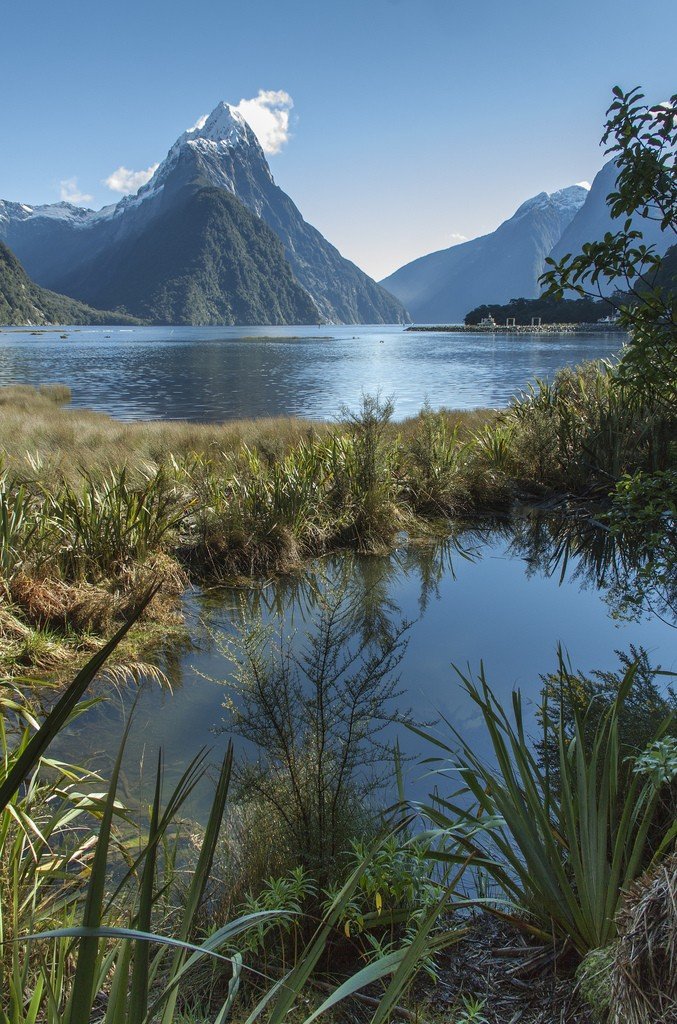
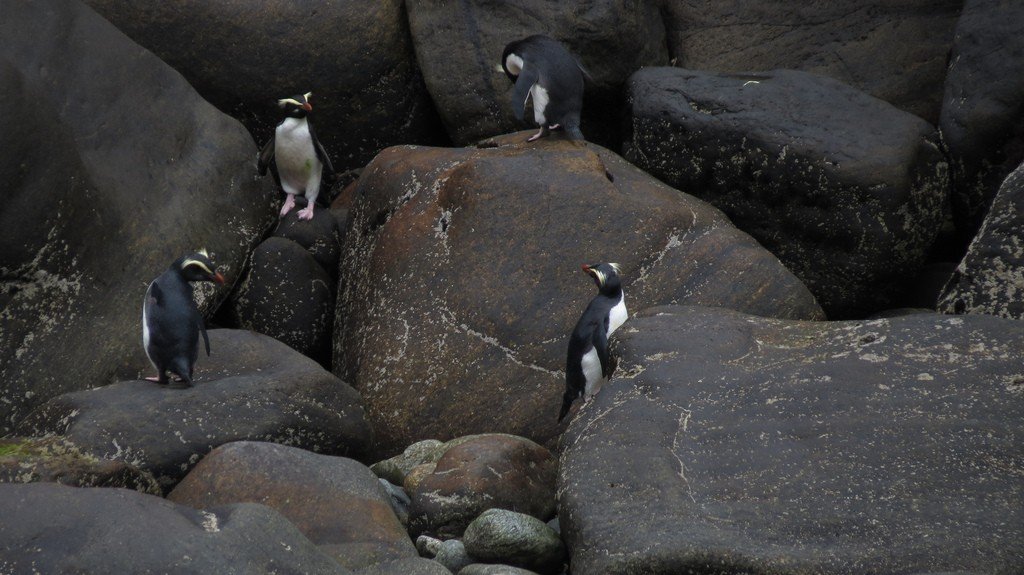
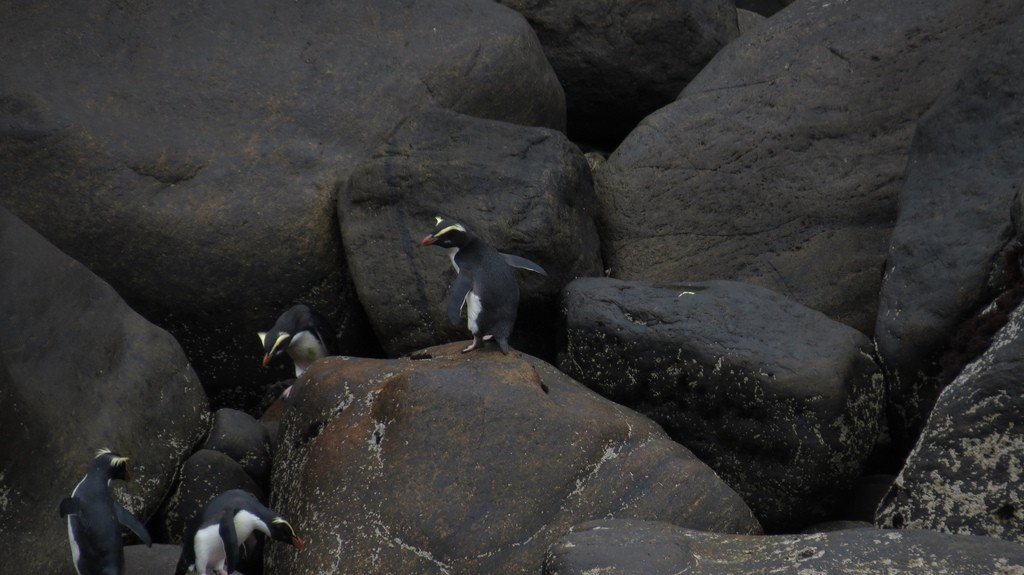
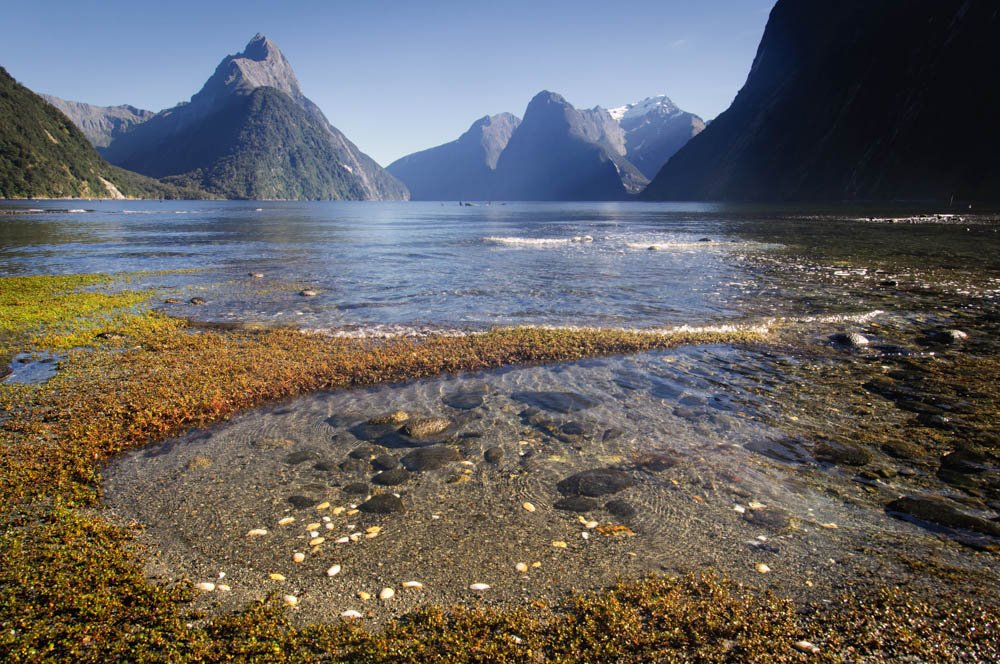
General Information
These places are known for the fjords and bays that glaciers dug into the oceanfront about 15,000 to 20,000 years ago, plus it’s the only bay that can be reached by highway. This vast and majestic area of forests and mountains, lakes and waterfalls is also famous for being home to some of the best hiking trails for visitors to New Zealand.
.Milford Sound, the heart of Fiordland National Park, remains a living monument to the first true forests to appear on our planet and other amazing natural phenomena.
.Geologically, Milford Sound is a classic marine fjord, dating back millions of years. It owes its existence to a glacier. Melting glaciers created streams that made their way to the sea and pushed rocks and stones apart. Over time, the glaciers melted, leaving behind deep U-shaped valleys that quickly filled with water due to rising ocean levels. One of these valleys is the Milford Sound, known to us, which goes inland 15 kilometers from the shores of the Tasman Sea. The steep granite walls that form its shores rise up to 1200 m.
.
Milford Sound is an example of unspoiled wilderness, a landscape with completely unique flora and fauna. Rainforest grows on its rocky cliffs, and trees cling desperately by their roots to the bare rocks. Mosses and lichens cover every available space. And all of this is overlooked by cliffs topped by eternal snow from 1700 meters high.
.
Over the far end of the strait dominates the 1692-meter-high Mitra Peak, named for its shape resembling the headdress of a Catholic bishop, reflected in the crystal clear water. Large and small waterfalls cascade down the granite cliffs: the result of recent heavy rains. There are at least a thousand different waterfalls around Milford Sound. What makes this scenic spot especially beautiful is the ever-changing lighting, rolling clouds, crossing rays of light, rainstorms and sudden rainbows. It is known that Captain Cook passed the entrance to Milford Sound twice, in 1770 and 1773, because in both cases the strait was closed by fog. The strait was named by John Grono, a seal-hunting ship captain who discovered the entrance to the strait in 1822 and named it after his native place in Wales, Milford Haven.
.The Milford Trail is a four-day hiking route from Te Anau Lake, over Mackinnon Pass to Milford Sound. The route is known among hikers as one of the most beautiful hikes in the world as it features rapids, mountain passes, alpine meadows, rain forest and Sutherland Falls, one of the highest waterfalls in the world. If hiking isn’t your thing, cruise to the mouth of the bay and see Sinbad Gully, a classic glacial valley that is home to endangered kakapoos as well as seals and dolphins. Even penguins can be seen here in the fall.
.Milford Sound is one of the wettest places on Earth, receiving up to 7,000 mm of rainfall per year. It rains every day and this affects the character of the forest – the giant trees are covered in moss and vines, lichens and ferns grow here, the forest is very wet. Tourists can expect sunshine for a few hours closer to midday, but in the afternoon they are sure to be overtaken by a downpour.
.The waters of Milford Sound are inhabited by many seals, penguins, and dolphins. The Milford Deep Research Station allows scientists and tourists a “peek” into the underwater world. With such an abundance of small birds, it is impossible to do without predators: in the depths of the fjord numerous sharks scour the water column. Also here you can see unique coral reefs, including the rarest species – black coral. The water in Milford Sound is so clear that the bottom can be seen even in the deepest places, unless, of course, it is obscured by dense algae.
.Facts
- Name: Milford Sound .
- Type: Geologists define Milford Sound as a glacial fjord.
- Type: Milford Sound is a glacial fjord.
- Size: Milford Sound is 1 B km long and is located in Fiordland National Park. The total area of the park is 1.25 million hectares.
- Flora and fauna: Milford Sound is surrounded by rainforest. The sea is home to dolphins, penguins, seals, sharks, black coral and a huge number of birds.
